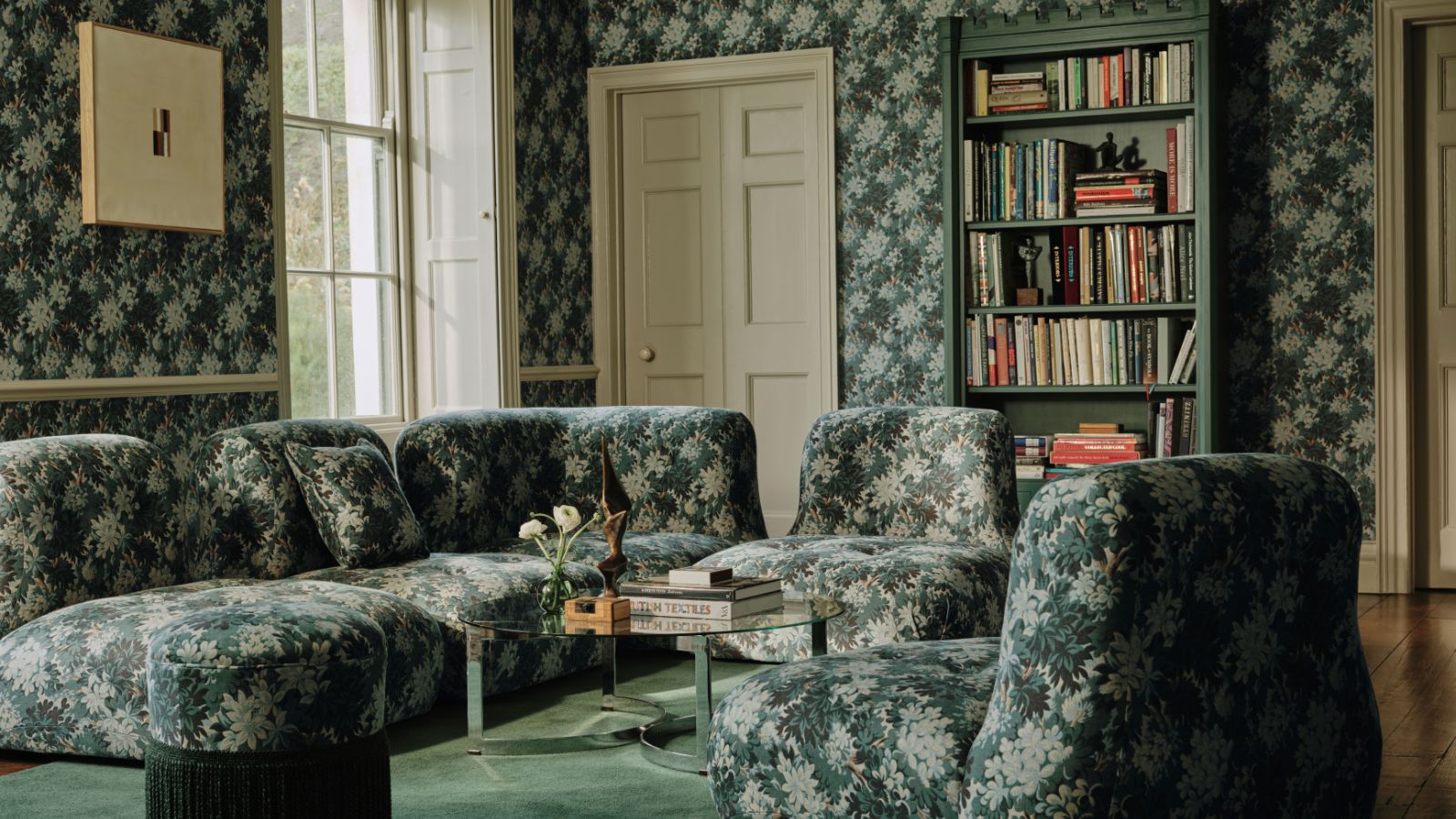Tumble dryer temperature guide – knowhow for fabric care
Care for clothes and linens correctly with our tumble dryer temperature guide


A tumble dryer temperature guide is essential to keep clothes and bed and bath linens in best condition when you dry these items in the appliance.
While some things are best dried at a high heat others can be damaged by setting the temperature too high. In other words, to avoid having to replace garments and linens prematurely being temperature savvy is a must.
Laundry room ideas will provide you with a practical and stylish space in which to care for your items and our tumble dryer temperature guide contains all the details you need to make drying a stress-free process.
Tumble dryer temperature guide
The laundry symbols on the tags of clothes and bed and bath linens will indicate whether an item can be tumble dried. If it can, this may be with no heat at all, or at low, medium or high heat. Be mindful that tumble dryers may have additional heat settings, and you should consult your manual (online if you haven’t kept it) for recommended uses.
‘Picking the right setting on your dryer is important if you care for what you have in it,’ says Tim David, owner of Airlucent. ‘It’s easy to just load and use the normal setting but you may be doing damage to your fabrics.’
But what are the rules on tumble dryer temperatures when it comes to different items and fabrics? Here are the details.
High heat tumble dryer setting
The high heat setting on a tumble dryer should be used for items such as towels and sturdy cotton items.
The temperature will vary between appliances, but as an example Samsung’s high heat setting is around 140 to 145ºF (60 to 63ºC).
Medium heat tumble dryer setting
Use the medium heating setting on a tumble dryer for lightweight cottons, such as T-shirts. The permanent press setting works with a medium heat.
Medium is around 130 to 133°F (55 to 56ºC) on a Samsung appliance, for example.
Low heat tumble dryer setting
There are a variety of materials that should be dried with the low heat tumble dryer setting to avoid harm.
‘Many fabrics, such as acrylics, cashmere, wool, and linen, need low heat cycles when you tumble dry them,’ says Justin Soleimani, co-founder of Tumble.
Set the tumble dryer to low heat for clothes made from stretchy fabrics, too – that’s workout wear, and so on.
Low heat is often used with the delicate setting on a tumble dryer, but check the item’s label as it may require no heat, or may be suitable for medium heat.
The low heat setting can be used after washing a down comforter or to tumble dry a duvet (but do check the tags on the items to make sure this doesn’t conflict with the manufacturers’ recommendations).
Low is around 120 to 122°F (49 to 50ºC) on Samsung tumble dryers, as an example.
No heat tumble dryer setting
The no heat tumble dryer setting uses air at room temperature and there’s no heat. It’s for fluffing garments rather than drying them, and can help remove dust or lint, according to Whirlpool.
What can affect dryer temperature?
The internal temperature of a dryer is affected by a number of variables, points out GE Appliances. These are the size of the load and how damp it is. ‘The combination of these two factors determines the amount of heat sink,’ explains GE. ‘Heat sink is the cooling action taking place when the clothes give up their moisture to the hot air stream that is flowing through the dryer drum.’
The actual temperature of the room also has an influence because a dryer pulls air in and then heats it up, say the GE experts.
Finally, air flow also counts. A build up of lint can restrict air flow and make heat rise, they say. Make sure to clean out the filter regularly to avoid this.
Pay attention to the dryer type
Be aware that whether your tumble dryer is a gas or electric version affects how quickly it reaches the temperature selected. ‘Gas dryers heat up more quickly than electric dryers; they cut drying time short, but if you're looking for a quick fluff for more delicate fabric, don’t leave it in the gas dryer for too long,’ recommends Justin Soleimani.
What is the temperature of a dryer on high?
Typically, modern tumble dryers have a high heat around 150ºF (66ºC), but the actual temperature will depend on the model. Be aware that a higher temperature than this does not mean quicker and better results. Too hot a temperature can cause damage to fabrics.
What setting should my tumble dryer be on?
To determine the setting a tumble dryer should be on, always check the label on clothes and linens. This will indicate both the temperature and the cycle which should be used to keep items in good condition for longer.
As a rule high heat can be used for heavy cotton items, medium heat suits clothes like T-shirts, and delicates and sportswear needs low heat.
Sign up to the Homes & Gardens newsletter
Design expertise in your inbox – from inspiring decorating ideas and beautiful celebrity homes to practical gardening advice and shopping round-ups.

Sarah is a freelance journalist and editor. Previously executive editor of Ideal Home, she’s specialized in interiors, property and gardens for over 20 years, and covers interior design, house design, gardens, and cleaning and organizing a home for Homes & Gardens. She’s written for websites, including Houzz, Channel 4’s flagship website, 4Homes, and Future’s T3; national newspapers, including The Guardian; and magazines including Future’s Country Homes & Interiors, Homebuilding & Renovating, Period Living, and Style at Home, as well as House Beautiful, Good Homes, Grand Designs, Homes & Antiques, LandLove and The English Home among others. It’s no big surprise that she likes to put what she writes about into practice, and is a serial house renovator.
-
 How to grow astilbe – expert advice on cultivating this shade-tolerant flowering perennial
How to grow astilbe – expert advice on cultivating this shade-tolerant flowering perennialShade-tolerant and pest-resistant - astilbe are hardy and tough perennials that can thrive in many settings
By Ellen Wells Published
-
 Vintage prints are making a comeback – designers say to look out for these 5 nostalgic patterns this year
Vintage prints are making a comeback – designers say to look out for these 5 nostalgic patterns this yearThese vintage-style patterns are all the rage right now, and we spoke with design experts to learn how best to style them in the home
By Eleanor Richardson Published